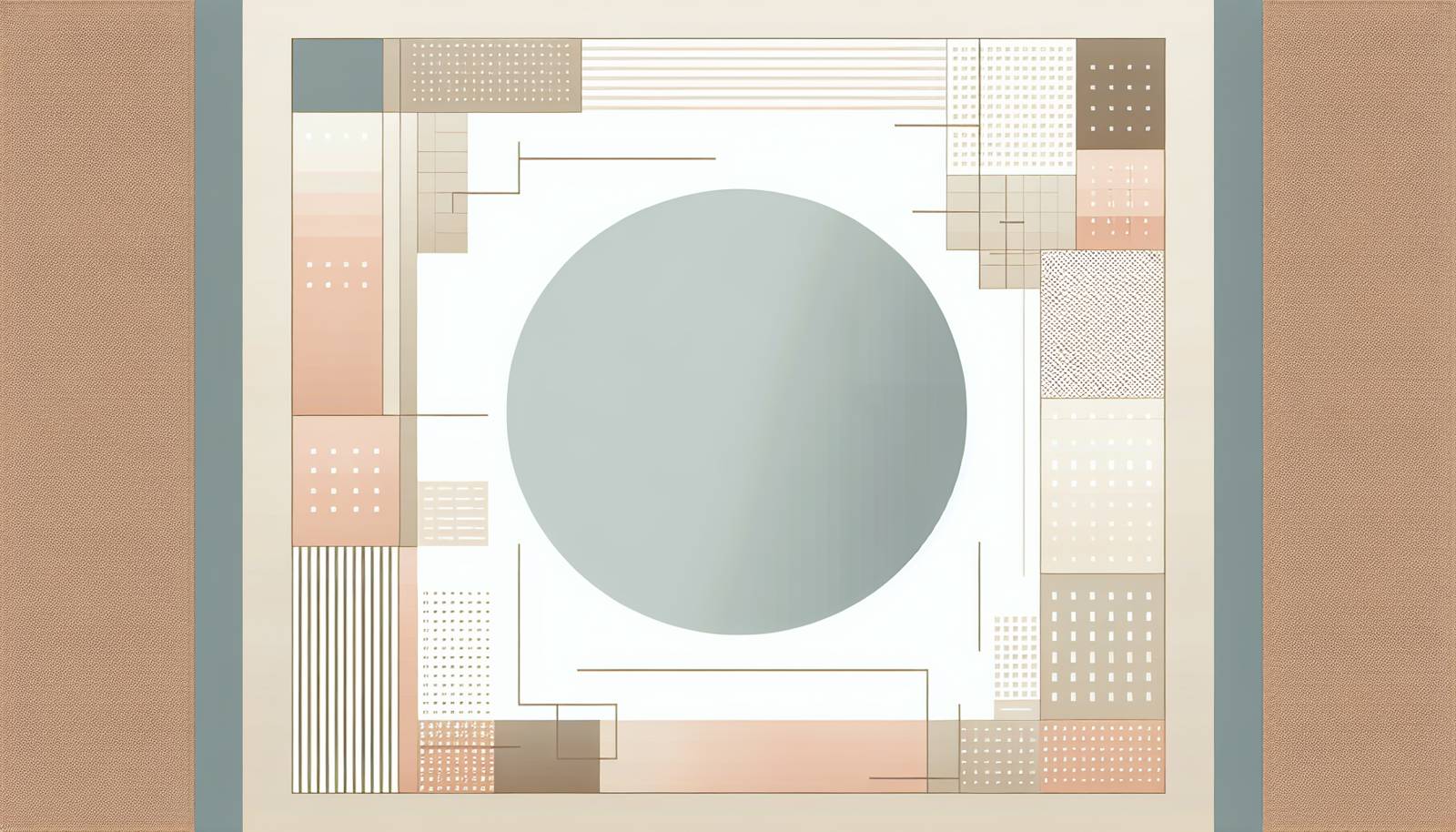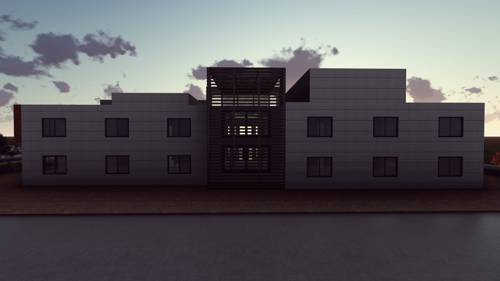
FAQ About The Impact of Minimalism on Modern Design

What is minimalism in modern design?
Minimalism in modern design is a style that emphasizes simplicity, functionality, and the use of minimal elements to achieve maximum effect. It focuses on removing unnecessary details and features, leading to clean lines, monochromatic color schemes, and open spaces. This approach applies to various design domains, including architecture, interior design, and product design.

How does minimalism influence architecture today?
Minimalism influences modern architecture by promoting the idea of "less is more." Minimalist architecture is characterized by clean lines, open floor plans, and a limited color palette. It often involves the use of natural materials and innovative designs that focus on functionality and clarity of form, appealing to those who favor simplicity and a connection with nature.

In what ways has minimalism impacted interior design?
Minimalism has significantly impacted interior design by encouraging the use of a decluttered space, neutral colors, and simple furnishings. It focuses on creating a serene and peaceful environment by emphasizing space and natural light, often using multifunctional furniture to maintain the simplicity of the space while ensuring practicality.

How has minimalism shaped product design?
Minimalist principles in product design advocate for simplicity, usability, and aesthetics. Designers aim to create products that are not only functional but also visually appealing without unnecessary embellishments. This approach helps improve user experience by making products easier to use and understand.

Why is minimalism considered a sustainable design approach?
Minimalism is considered sustainable because it focuses on reducing waste and excessive consumption. By promoting the use of fewer resources and emphasizing quality over quantity, minimalism supports environmental conservation. It encourages the use of sustainable materials and processes, contributing to a more eco-friendly lifestyle.

Can minimalism coexist with personal expression in design?
Yes, minimalism can coexist with personal expression by allowing individuals to focus on what truly matters to them. While the design is pared back, it emphasizes thoughtful selection of items and design elements that reflect personal values and tastes, ensuring that personal expression is not stifled but rather enhanced through meaningful choices.

What cultural shifts have contributed to the popularity of minimalism in design?
Cultural shifts such as the growing awareness of sustainability, the rise of urban living, and a general desire for simplicity have contributed to the popularity of minimalism. Many people are seeking to declutter their lives and focus on experiences rather than material possessions, which aligns with minimalist principles.

Is minimalism suitable for all types of spaces?
While minimalism can be adapted to many spaces, its suitability depends on the specific needs and uses of the space. Minimalism works particularly well in spaces that benefit from openness and simplicity, such as small homes or offices. However, in spaces that require warmth and comfort, such as family homes, minimalism may need to be balanced with elements that add warmth and personality.

What role does color play in minimalist design?
Color in minimalist design is typically understated. Neutral tones like whites, grays, and beiges dominate the palette, helping to create a calm and uncluttered look. However, small pops of color can be strategically used to draw attention to specific elements or create a focal point, maintaining interest while preserving simplicity.

How does technology integrate with minimalist design principles?
Technology integrates with minimalist design by promoting invisible or seamless integration. The use of smart home systems, wireless technology, and compact gadgets allows for a clean and uncluttered space. Designers aim to ensure that technology does not dominate the aesthetic but enhances the functionality and simplicity of the environment.

What are common misconceptions about minimalist design?
Common misconceptions about minimalist design include the belief that it is cold, impersonal, and lacks character. In reality, well-executed minimalist design can be warm and inviting, focusing on quality materials and thoughtful details that add depth and personality to a space without clutter.

How can one start incorporating minimalism into their design approach?
To start incorporating minimalism, focus on decluttering and prioritizing essential elements. Choose quality over quantity, and emphasize functional pieces that serve a purpose. Additionally, consider optimizing the use of space and natural light, and select a neutral color palette to maintain a simple and cohesive look.

Why is minimalism often associated with luxury?
Minimalism is associated with luxury because it often emphasizes high-quality materials and craftsmanship over excessive ornamentation. The focus on fewer, better things aligns with luxury values of exclusivity and timelessness, making minimalist spaces feel elegant and refined.

How does minimalism affect productivity in work environments?
In work environments, minimalism can enhance productivity by reducing clutter and distractions. A streamlined, organized space allows for better focus and efficiency. Minimalist design can also promote mental clarity by providing a calm and orderly environment that encourages creativity and concentration.

What is the relationship between minimalism and modernism?
Minimalism and modernism are related but distinct design philosophies. Both focus on functional forms and restrained aesthetics. However, modernism often emphasizes new technologies and materials, while minimalism is more focused on simplicity and reduction to essentials. Minimalism can be seen as a refinement of modernist principles.

Can minimalism be applied to outdoor spaces?
Yes, minimalism can be applied to outdoor spaces by focusing on simplicity and natural elements. Minimalist landscapes emphasize clean lines, limited plant varieties, and open spaces. The use of natural materials like stone, wood, and gravel can create harmonious outdoor spaces that align with minimalist principles.

How does minimalism support mental well-being?
Minimalism supports mental well-being by reducing visual and physical clutter, contributing to a sense of calm and order. It allows individuals to focus on meaningful possessions and experiences, reducing stress and anxiety associated with a chaotic environment. The simplicity fosters a tranquil atmosphere that can enhance overall mental wellness.

What are some challenges of maintaining a minimalist design?
Maintaining a minimalist design can be challenging due to the need for discipline in decluttering and resisting the temptation to accumulate items. It requires regular reassessment of possessions and design choices to ensure that the environment remains uncluttered and aligned with minimalist principles.

How does minimalism intersect with cultural and regional design elements?
Minimalism can be adapted to incorporate cultural and regional elements by focusing on local materials, design traditions, and cultural motifs in a subtle manner. This ensures that the minimalist design remains relevant and contextual while respecting local heritage and aesthetics.

What is the future trend of minimalism in design?
The future trend of minimalism in design is likely to focus more on integrating technology seamlessly, sustainability, and personalization. As the world becomes more connected and environmentally conscious, minimalism will continue to evolve, incorporating smart design solutions and sustainable practices while allowing room for individual expression.
